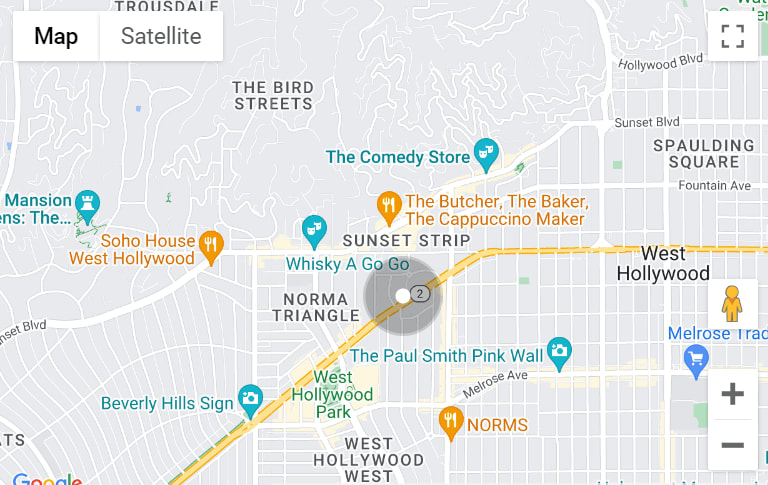Report: Marin among leaders in home equity gains
Homeowner equity in the Bay Area has soared during the COVID-19 pandemic, according to an analysis of mortgages and home values by the real estate analytics firm Attom. Equity is the difference between what a homeowner owes on a house and what a house is worth.
Five Bay Area counties were among the top eight “equity-rich” places in the United States. Equity rich, according to Attom, means the estimated loans on the property do not exceed 50% of its value.
Marin County was among them. Between the second quarter of 2000 and the second quarter of this year, the number of equity-rich properties rose from 54% to 64%, according to Attom’s data. The median price of a detached home in Marin was $1.76 million in June, up from $1.45 million in June 2020, according to the county assessor’s office.
“In addition to equity rising quickly because homes in Marin are increasing in value, many homebuyers in Marin are cash buyers or start out with large down payments as opposed to other regions in the state where homebuyers start off with less equity,” said Cathy Youngling, a Compass real estate agent who is president of the Marin Association of Realtors.
Contra Costa County, once seen as a more affordable suburban community, had the biggest jump in equity-rich properties, from 44% to 57%. Alameda County grew from 56% to 66%; Santa Clara County, 65% to 70%, and San Mateo County, 71% to 74%.
“Equity levels at both ends of the spectrum improved in the Bay Area, as they did throughout the country. That’s mainly because most homeowners were still able to pay their mortgages at a time of rising home values,” said Attom executive Todd Teta. “Even those who lost their jobs and couldn’t keep up with loan payments saw equity get better simply because home values kept increasing.”
Median home prices in the Bay Area during COVID mirrored the national trend — they soared. Local home prices rose from $1.01 million in March 2020 to $1.35 million in June, a 34% gain.
In the entire nine-county region, the percentage of equity-rich properties went from 57% at the beginning of COVID-19 to 64% in June, nearly double the U.S. average of 34%, according to the analysis.
As expected, hardly any Bay Area borrowers (just 1.2%) are seriously over-leveraged on their mortgage payments. The low rate of underwater properties makes it highly unlikely the region would see a wave of mortgage failures similar to the home loan crisis that began in 2007.
But the tech-rich Bay Area, holding some of the highest home prices in the United States, was just on par with the rest of the country’s homeowners in gaining equity. Teta said gains in the San Jose and San Francisco metro areas were in the middle of the pack of the 106 metro areas analyzed by Attom.
“The bottom line is that most homeowners could have not paid a dime more on their mortgages and still would have seen equity grow,” he said in an email. “As most were probably still able to pay down their mortgages, the typical Bay Area homeowner had more equity in the second quarter of this year compared to last year.”
Personal wealth tied up in Bay Area homes has created financial security for many families and given homeowners many options for tapping those assets. But housing and equality advocates say the analysis also highlights the growing disparities in wealth accumulation between homeowners and renters in the region.
Many tech workers have been able to make it big in Silicon Valley, said Megan Abell of TechEquity, but “that’s not the full picture of what’s happening.”
High Bay Area housing costs and historic discrimination have meant communities of color have been shut out of homeownership or wait longer to buy, she said.
“It’s the predominant way that we build wealth in this country,” said Abell, director of advocacy for the nonprofit.
Vince Rocha of the Silicon Valley Leadership Group said the rising home values point to the need for inventive ways to build more middle-class housing. Opening up additional residential property for multifamily housing like duplexes would allow more families to put down roots and build wealth from homeownership. Roughly 80% of residential land in the Bay Area is zoned exclusively for single-family homes, according to a recent UC Berkeley study.
“You can’t have a healthy economy, for example, if the teachers, firefighters and service workers can’t afford to live here,” said Rocha, senior director of housing and community development for the business lobby.
Real estate experts also say the swelling values of Bay Area homes have made owners rethink things.
San Jose agent Dave Walsh, president of the California Association of Realtors, said he’s never seen a higher level of seller satisfaction. Santa Clara County homes in June sold for about a 10% premium over listing prices, more than double the typical rate, he said.
“A lot of sellers are reconsidering their lifestyles,” Walsh said. Bay Area homeowners are asking, “Do I really need to live in the Bay Area? Can I move to Lake Tahoe? The Sacramento area?”
But Walsh cautioned the rising equity and home values are a double-edged sword. Renters have often borne the brunt of the economic damage in the pandemic.
“It’s the haves and have-nots,” Walsh said, “again.”
The Marin Independent Journal contributed to this report.
